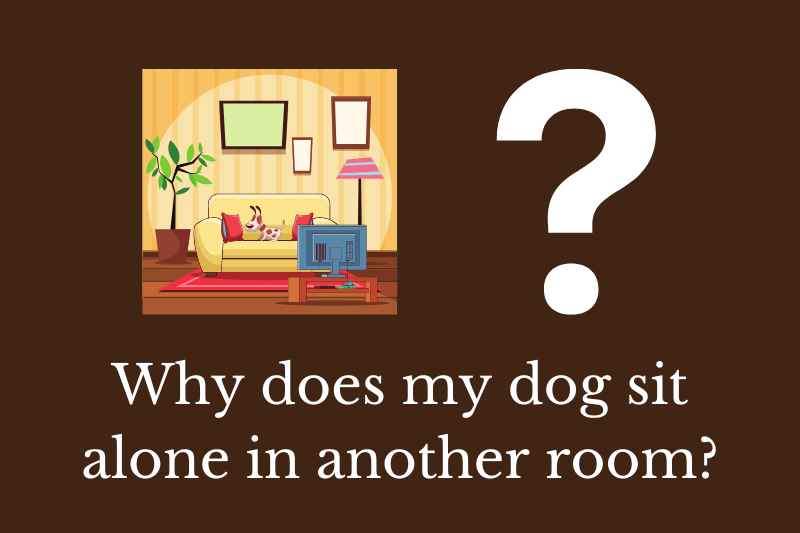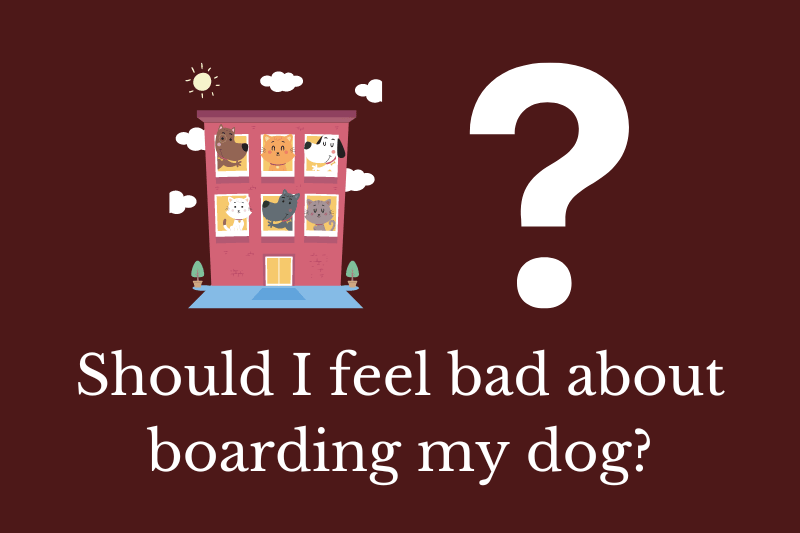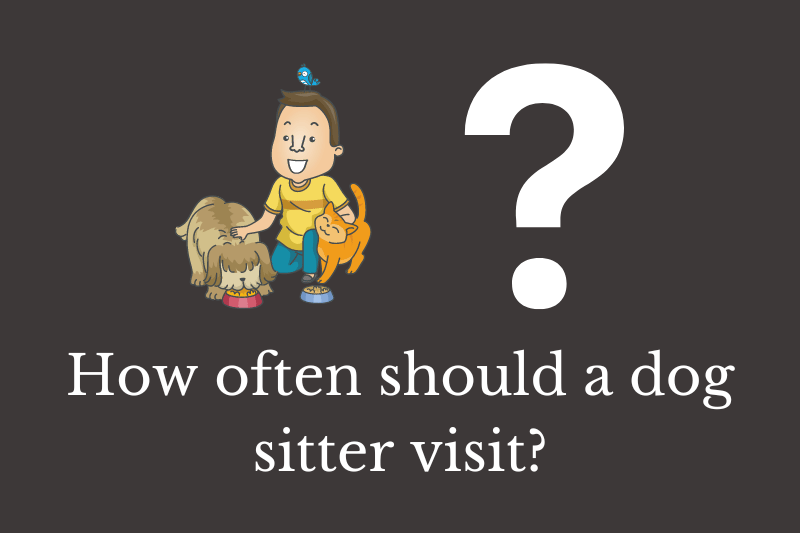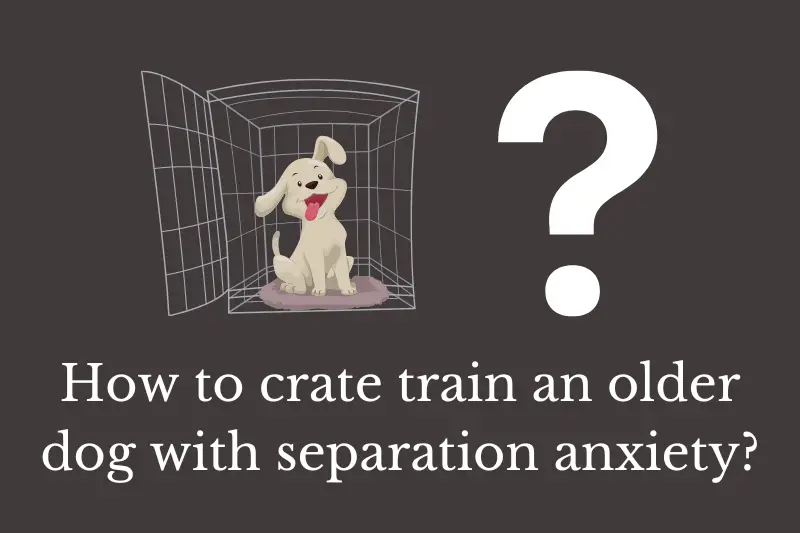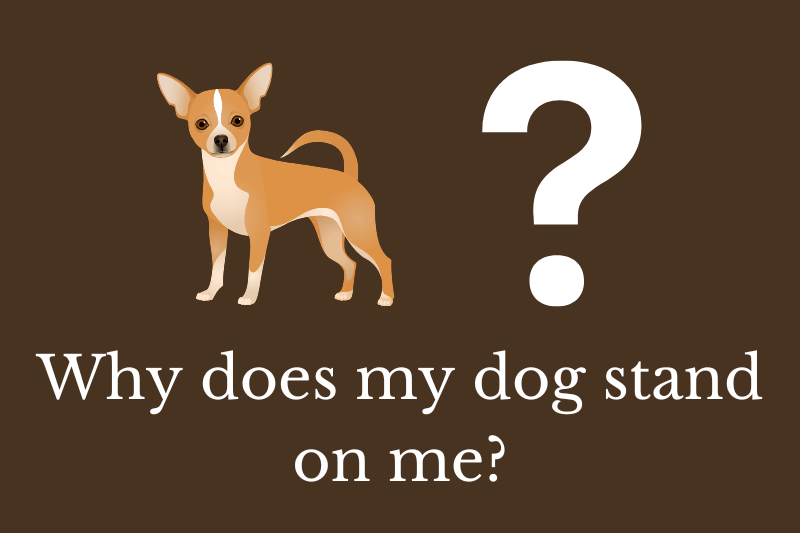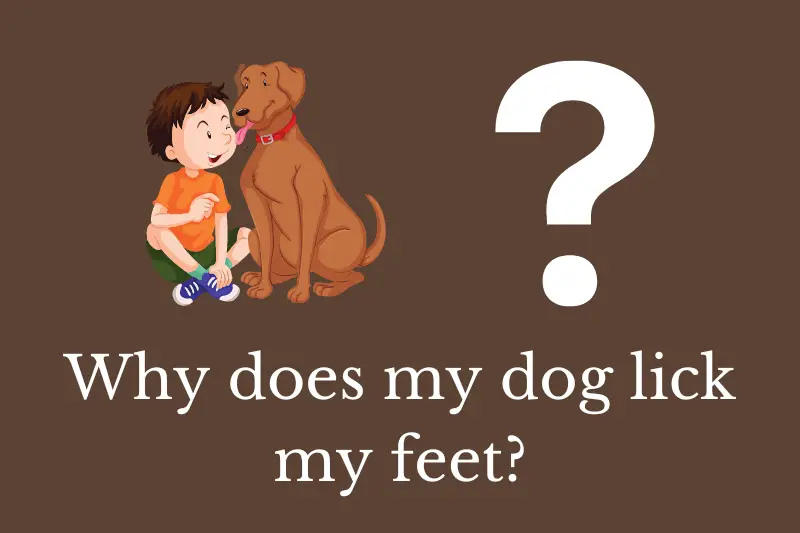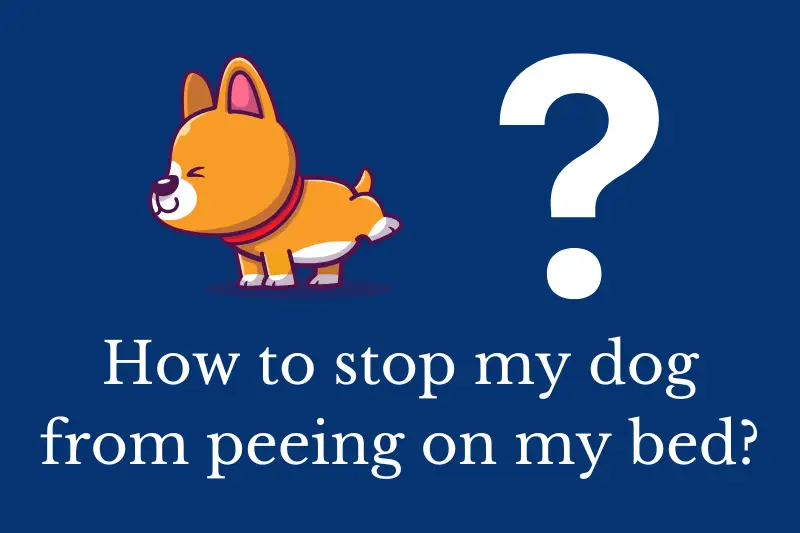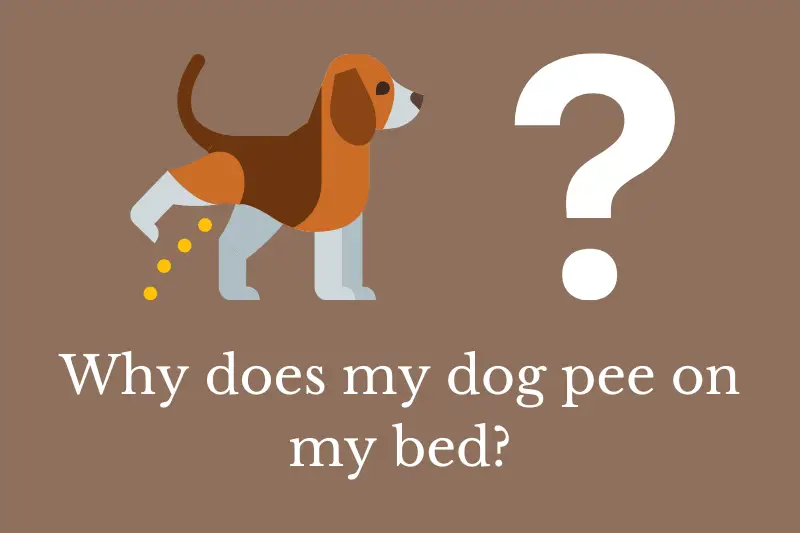Dogs are social animals that thrive on companionship and attention from their human and canine counterparts. However, it is not uncommon for dogs to occasionally retreat to a separate room or area of the house to be alone. This behavior can be confusing and concerning for pet owners, but it is important to understand that it is often a normal and natural behavior for dogs. In this article, we will explore some of the reasons why dogs may choose to sit alone in another room.
Why does my dog sit alone in another room?
Comfort and safety
One reason why a dog may sit alone in another room is for comfort and safety. Dogs are instinctually driven to find a safe and secure place to rest and sleep. For some dogs, this may be a separate room or area of the house where they can relax and feel secure. This is particularly true for dogs that have a high level of anxiety or are easily startled by noise or movement.
Temperature control
Another reason why a dog may sit alone in another room is to regulate their body temperature. Dogs have a higher body temperature than humans, and they rely on panting and sweating through their paw pads to cool themselves down. If a room is too hot or stuffy, a dog may choose to move to a cooler area of the house to regulate their body temperature and stay comfortable.
Need for solitude
Just like humans, dogs may occasionally need time to themselves to recharge and relax. This is particularly true for dogs that are sensitive to noise or have a lot of social interactions throughout the day. In these cases, sitting alone in another room may be a way for dogs to have some quiet time and recharge their batteries.
Medical issues
In some cases, dogs may sit alone in another room due to medical issues. If a dog is experiencing pain or discomfort, they may choose to isolate themselves to avoid further stress or discomfort. Additionally, dogs that are experiencing hearing or vision loss may feel more comfortable in a quiet, familiar space where they can rely on their other senses to navigate their environment.
Training and conditioning
Finally, some dogs may sit alone in another room due to training and conditioning. If a dog has been trained to stay in a specific area of the house, they may choose to sit in that area even when their owner is not present. Similarly, dogs that have been conditioned to associate a particular room or area of the house with a specific activity, such as sleeping or eating, may choose to sit in that area even when their owner is not present.
While it is normal for dogs to sit alone in another room, there are some situations where this behavior may be cause for concern. For example, if a dog is exhibiting other signs of distress or anxiety, such as excessive barking or destructive behavior, it may be a sign that they are experiencing separation anxiety or other behavioral issues. Additionally, if a dog is isolating themselves for an extended period of time or seems uninterested in social interaction with their owner or other dogs, it may be a sign of an underlying medical issue.
If you are concerned about your dog’s behavior, it is important to speak with a veterinarian or animal behaviorist. They can help you determine the underlying cause of your dog’s behavior and develop a plan to address any medical or behavioral issues that may be contributing to the behavior.
Summary
In conclusion, dogs may sit alone in another room for a variety of reasons, including comfort and safety, temperature control, the need for solitude, medical issues, and training and conditioning. While this behavior is often normal and natural for dogs, it is important to monitor your dog’s behavior and seek help if you have concerns about their health or well-being. With proper care and attention, you can ensure that your dog is happy, healthy, and well-adjusted.

